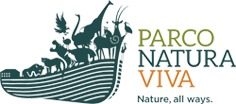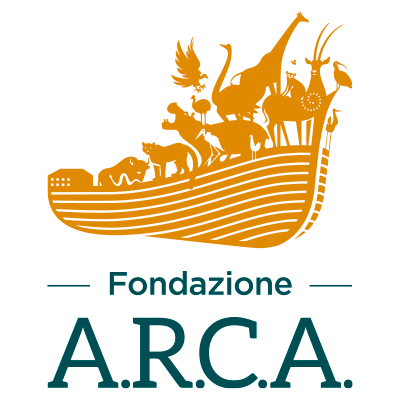Snow Leopard Project
The snow leopard is one world’s rarest and most charismatic big cats. Its thick and grey coat with darker and irregular spots allows the camouflaging on rocks and snow of the cold regions inhabited by the last 4,000 individuals. Parco Natura Viva supports the conservation of the Snow Leopard economically supporting the Snow Leopard Trust and collaborating to a scientific study of the Trento’s Science Museum (MUSE) that carries out a survey on the numbers of remaining individuals on the Altai mountains in Mongolia.
The park takes part to the conservation of the snow leopard by supporting the Snow Leopard Trust, active for over 30 years, taking care of building partnerships with local communities in order to set up the necessary priorities for the conservation of the Snow Leopard in the wild. The local communities are mainly composed of herders that depend greatly on their livestock as source of food and economy. Snow leopards, due to the decrease and destruction of their habitat, are increasingly coming into conflict with herders, preying on farmed animals. Therefore, the conservation programmes aim to help local communities to reduce the conflict between man and leopard in favour of both.
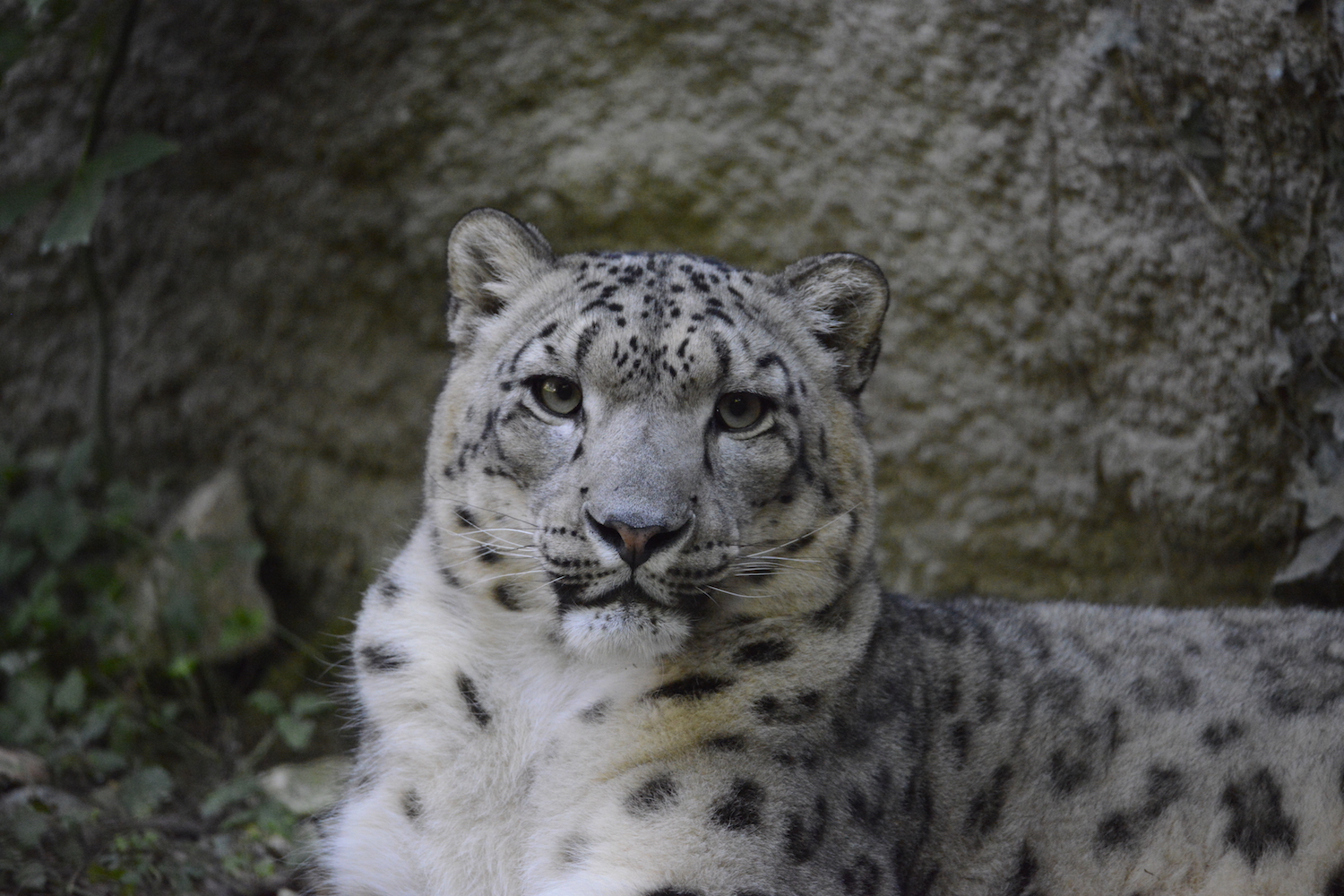 |
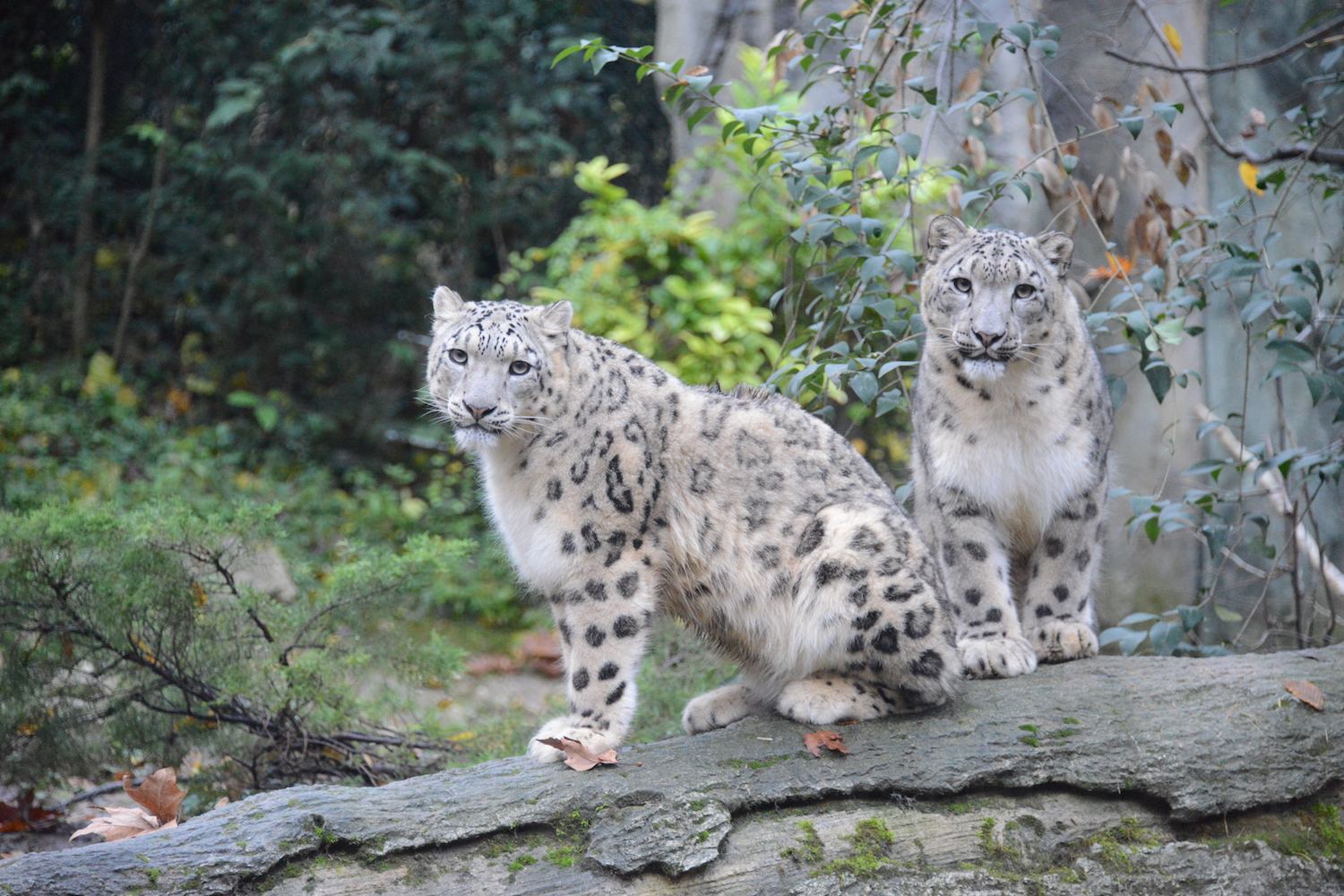 |
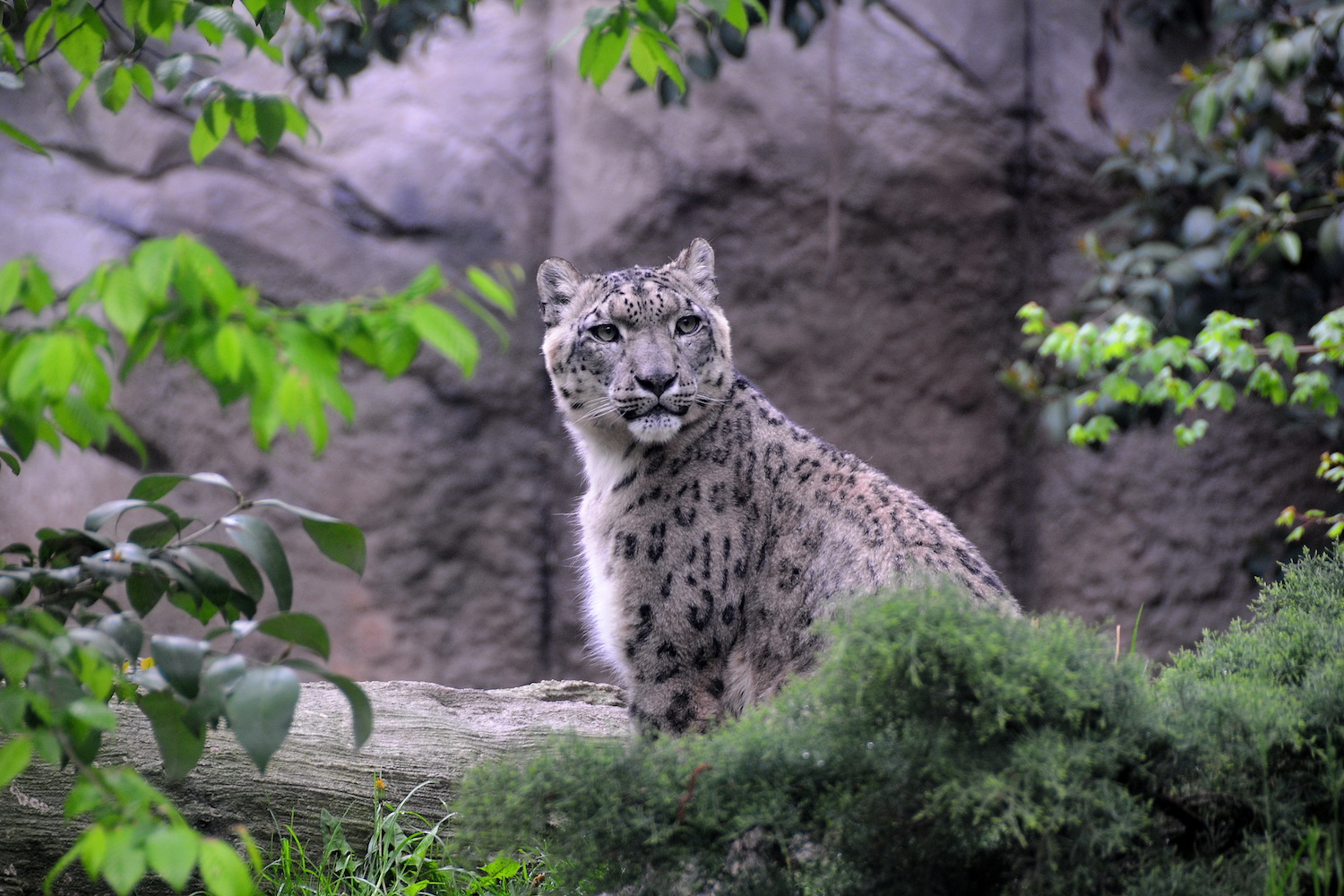 |
The community-based programmes that Parco Natura Viva supports are the Snow Leopard Enterprises, that allows the creation of sustainable economic opportunities, livestock vaccination plans to reduce the occurrences of pathologies and increase the economic stability of herders, livestock insurance, allowing herders to be reimbursed for the loss of animals predated by snow leopards, predation prevention and conservation education programmes on the importance of safeguarding this big cat.
Since 2015 Parco Natura Viva has been collaborating in a scientific study on the population of snow leopards on the Altai mountains in Mongolia. This study, proposed by the Mongolian conservation organisation Green Initiative, is carried out by the Biodiversity section of Trento’s Science Museum (MUSE). The project envisions a series of expeditions in Mongolia by a team of researchers led by MUSE’s zoologist and conservation biologist Francesco Rovero. The first expedition took place in spring of 2015, followed by other three missions, one for each year, in which Parco Natura Viva gave its contribution by purchasing camera traps used for the Snow Leopard’s survey on the Altai mountains.
Since 2015 Parco Natura Viva has been collaborating in a scientific study on the population of snow leopards on the Altai mountains in Mongolia. This study, proposed by the Mongolian conservation organisation Green Initiative, is carried out by the Biodiversity section of Trento’s Science Museum (MUSE). The project envisions a series of expeditions in Mongolia by a team of researchers led by MUSE’s zoologist and conservation biologist Francesco Rovero. The first expedition took place in spring of 2015, followed by other three missions, one for each year, in which Parco Natura Viva gave its contribution by purchasing camera traps used for the Snow Leopard’s survey on the Altai mountains.
The snow leopard (Panthera uncia) is classified as “Vulnerable” on the IUCN Red List. It lives in a very restricted area on the high-altitude mountains of Central Asia, from the North-West of China to Tibet and Himalaya. It mainly lives on montane steppes and coniferous forests and can reach altitudes up to 4,500 metres. It’s estimated that there are still 4 thousand individuals and the population is still decreasing. Snow leopards have a thick and grey coat with darker and irregular spots that camouflages them on the rocks; their large paws allow them to walk on the snow without sinking and the long and furry tail keeps them warm during the coldest months. The main threats to the survival of this species include illegal hunting and trading.
It’s estimated that between 2008 and 2016 one snow leopard per day was killed and traded, between 220 and 450 leopard per year. Another important threat is the conflict created between leopards and herders, caused by the leopards’ livestock predation as these big cats got closer to the villages due to the loss of their natural habitat and the consequent sharing with local communities of the same areas. More than half of snow leopards killing is caused by the herders that kill these predators in order to protect their livestock as their only source of sustenance. Climate change also puts this species at risk, impacting the entire ecosystem of the mountains of Central Asia.
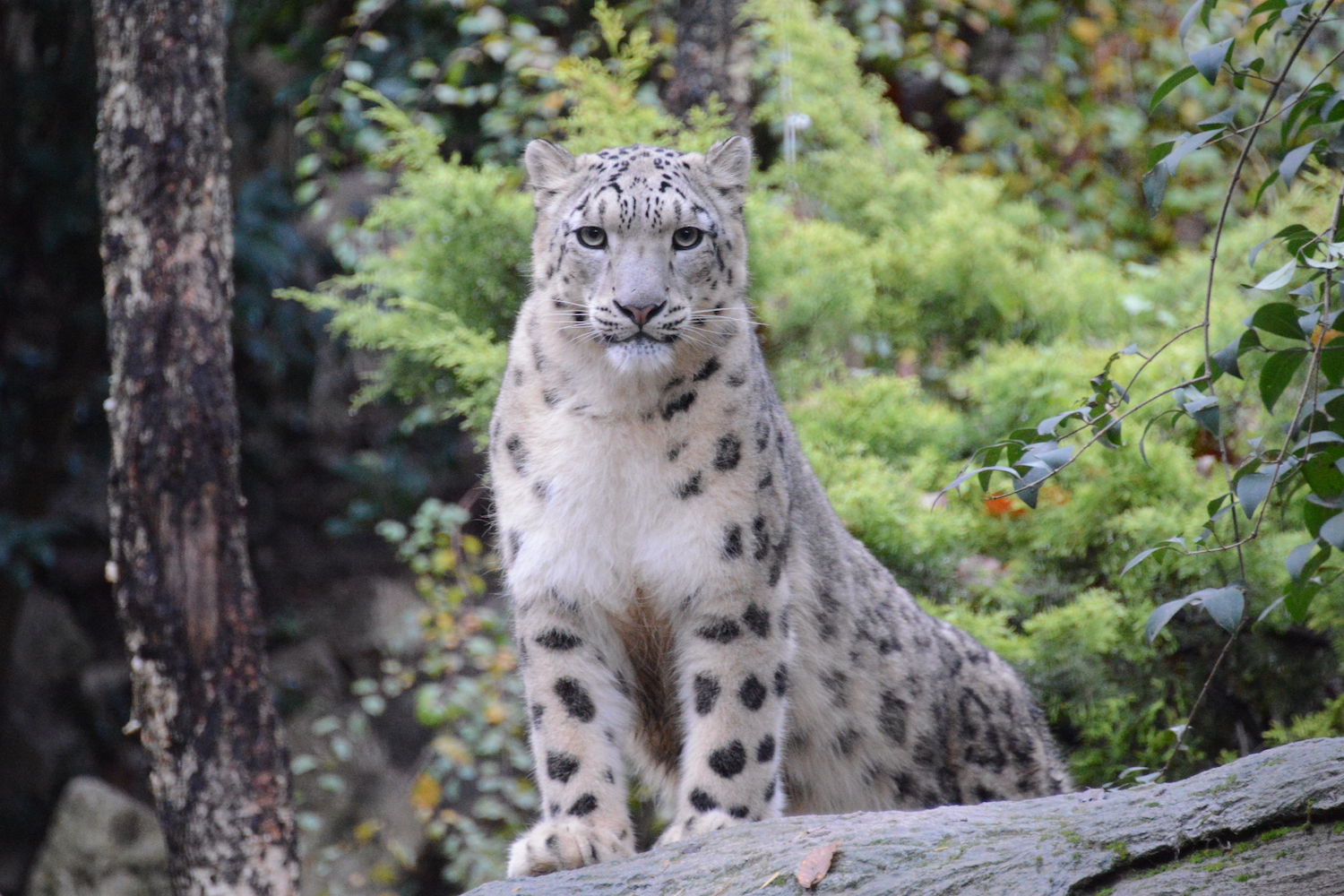 |
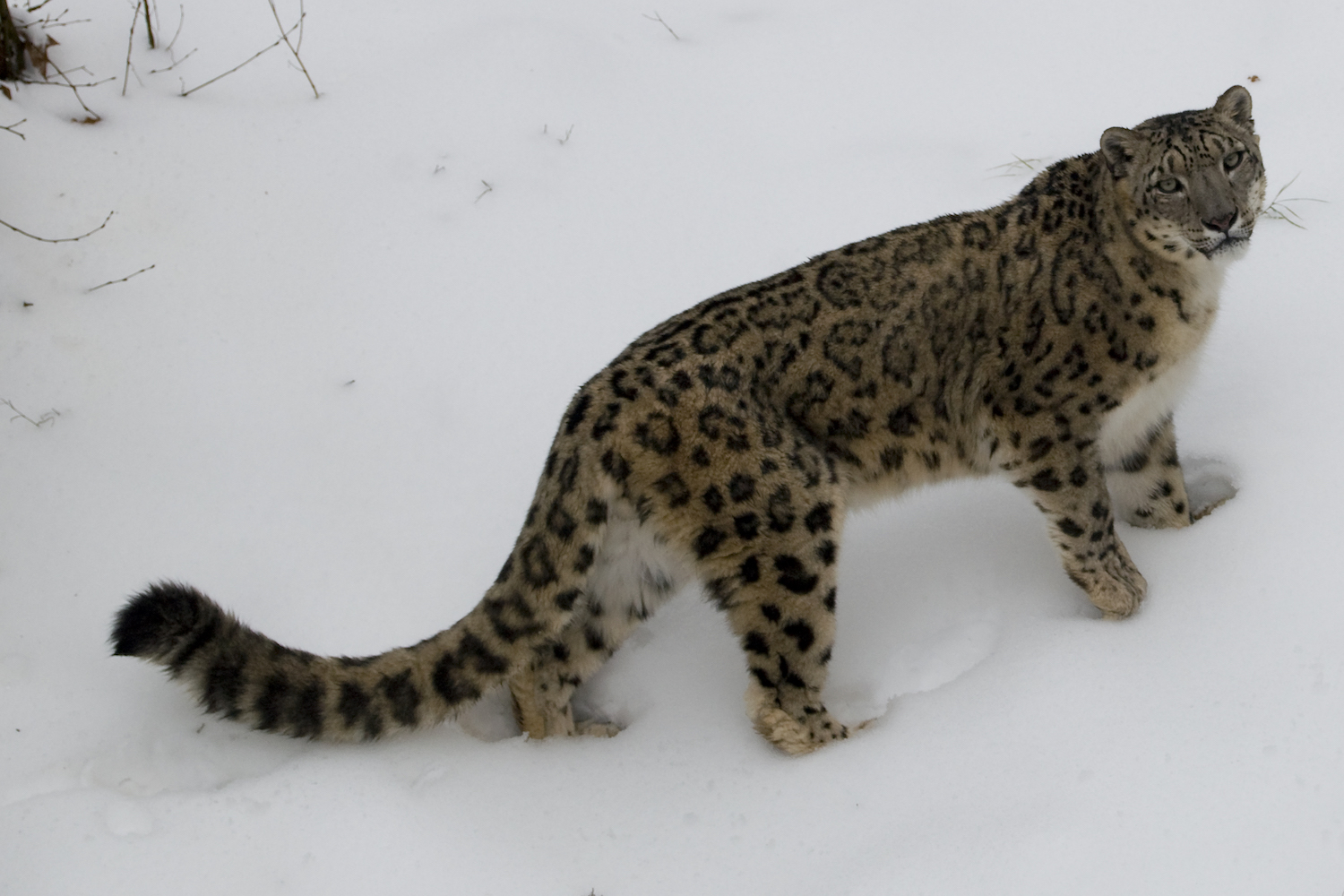 |
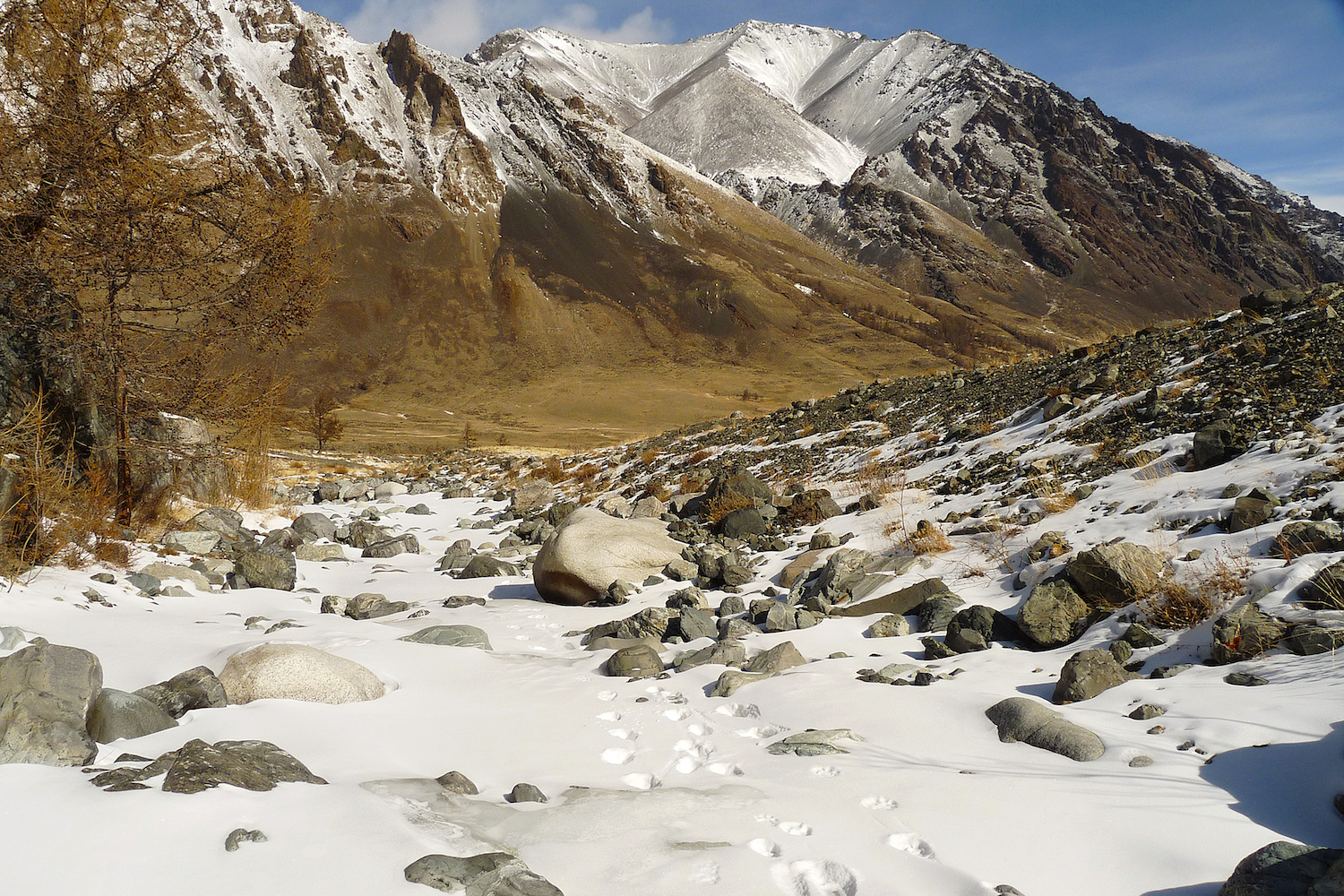 |
It’s estimated that between 2008 and 2016 one snow leopard per day was killed and traded, between 220 and 450 leopard per year. Another important threat is the conflict created between leopards and herders, caused by the leopards’ livestock predation as these big cats got closer to the villages due to the loss of their natural habitat and the consequent sharing with local communities of the same areas. More than half of snow leopards killing is caused by the herders that kill these predators in order to protect their livestock as their only source of sustenance. Climate change also puts this species at risk, impacting the entire ecosystem of the mountains of Central Asia.
Parco Natura Viva celebrates every year the International Snow Leopard Day, declared the 23rd of October 2014 by the 12 Asian countries that are home to the leopard. In this occasion the park organises educational activities and not only, to tell visitors about the snow leopard conservation project supported by Parco Natura Viva as the only Italian partner, and to raise awareness of the threats faced by this species and its natural habitat.
2019
This year Parco Natura Viva is collaborating to the 4th expedition organised by MUSE, supporting the financial purchase of other camera traps, that will be used to continue the survey on the number of individuals of snow leopard left on the Altai mountains. Furthermore, ARCA Foundation has signed an agreement directly with the Mongolian organization Green Initiative, contributing to covering some of the field costs for the expedition of this year. Parco Natura Viva keeps on supporting the community-based conservation programmes carried out by the Snow Leopard Trust. The park supports the Snow Leopard Trust in different ways: it contributes to funding the construction of leopard-proof fences in order to reduce the loss of livestock during the night, and in exchange local communities sign agreements to protect Snow Leopards. Furthermore, the park contributes to the educational projects dedicated to children, teaching them to know and protect these big cats. Parco Natura Viva organizes annually fund-raising events to allow visitors to know snow leopards and their habitat, and to raise awareness on the issues that threat their survival and to promote responsible behaviours.
From the 1st to the 22nd of April 2017, the research team carried out the second expedition of the project, this time in the Tavan Bogd National Park, at the border with Russia and Mongolia where the Altai Mountains reach 4,300 meters. During this second expedition 60 camera traps were placed covering an area of about 1,200 km2 at an altitude between 2,400 and 3,600 meters. The encounters with snow leopards in the area were very low, raising concerns on the critical low density of presence of this species in this study area. Parco Natura Viva purchased a total of … camera traps for this second expedition.
The first expedition of the Italian researchers, guided by the zoologist and conservation biologist Francesco Rovero, was carried out in spring 2015, during which 600 km2 were sampled in the Siilkhem B National Park; 49 camera traps were positioned reaching 3,200 meters in altitude. In this occasion the movements and traces of 3 individuals were identified, each with a very precise territory, taken in 17 shots. Parco Natura Viva has contributed to the study purchasing 10 camera traps that were donated to the project and that arrived in Mongolia already in February. Parco Natura Viva supported the #savesnowleo campaign of the Snow Leopard Trust, informing the public and raising funds for the projects dedicated to local communities, the only ones that can guarantee the safeguarding of the ecosystems necessary for the survival of this species.
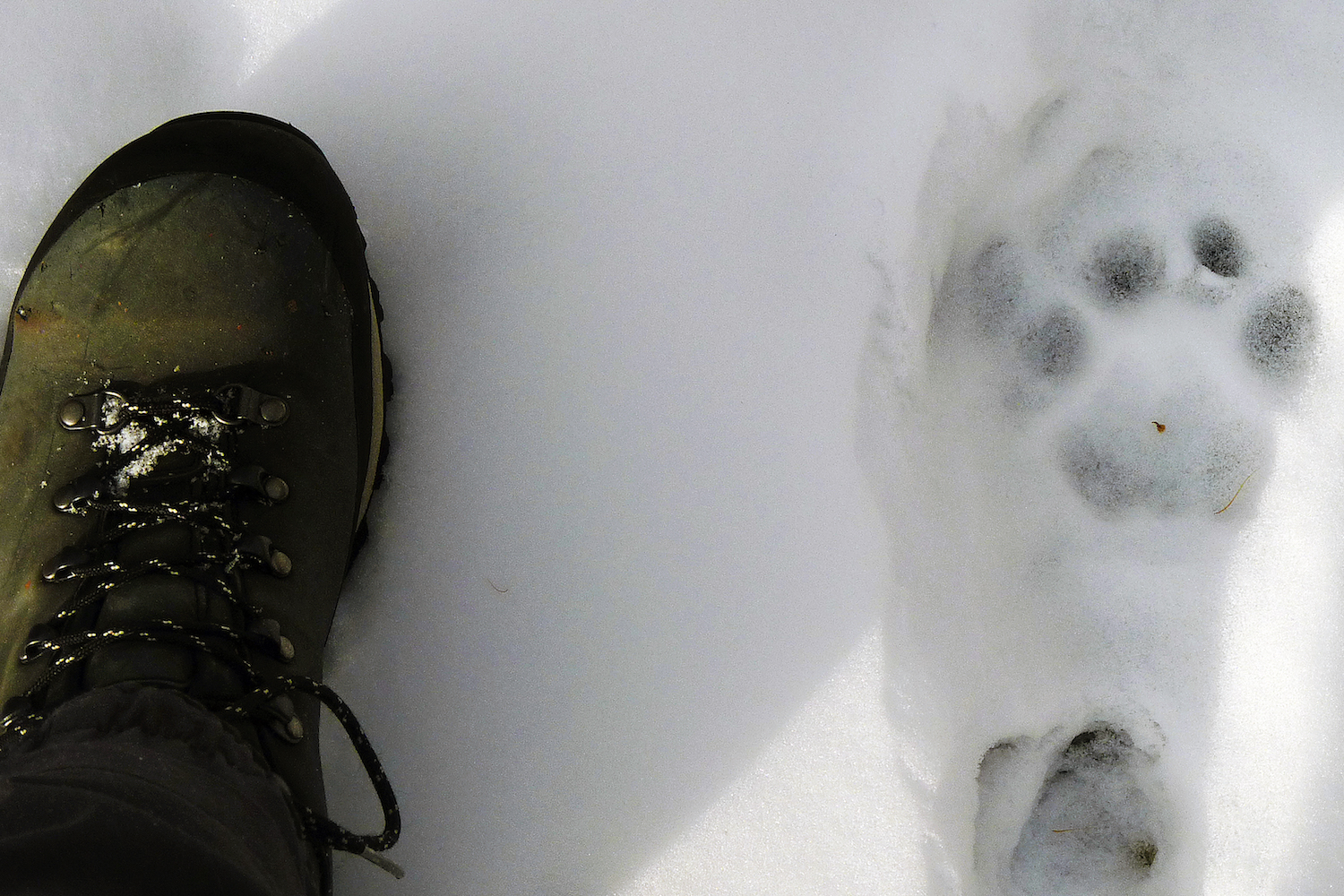 |
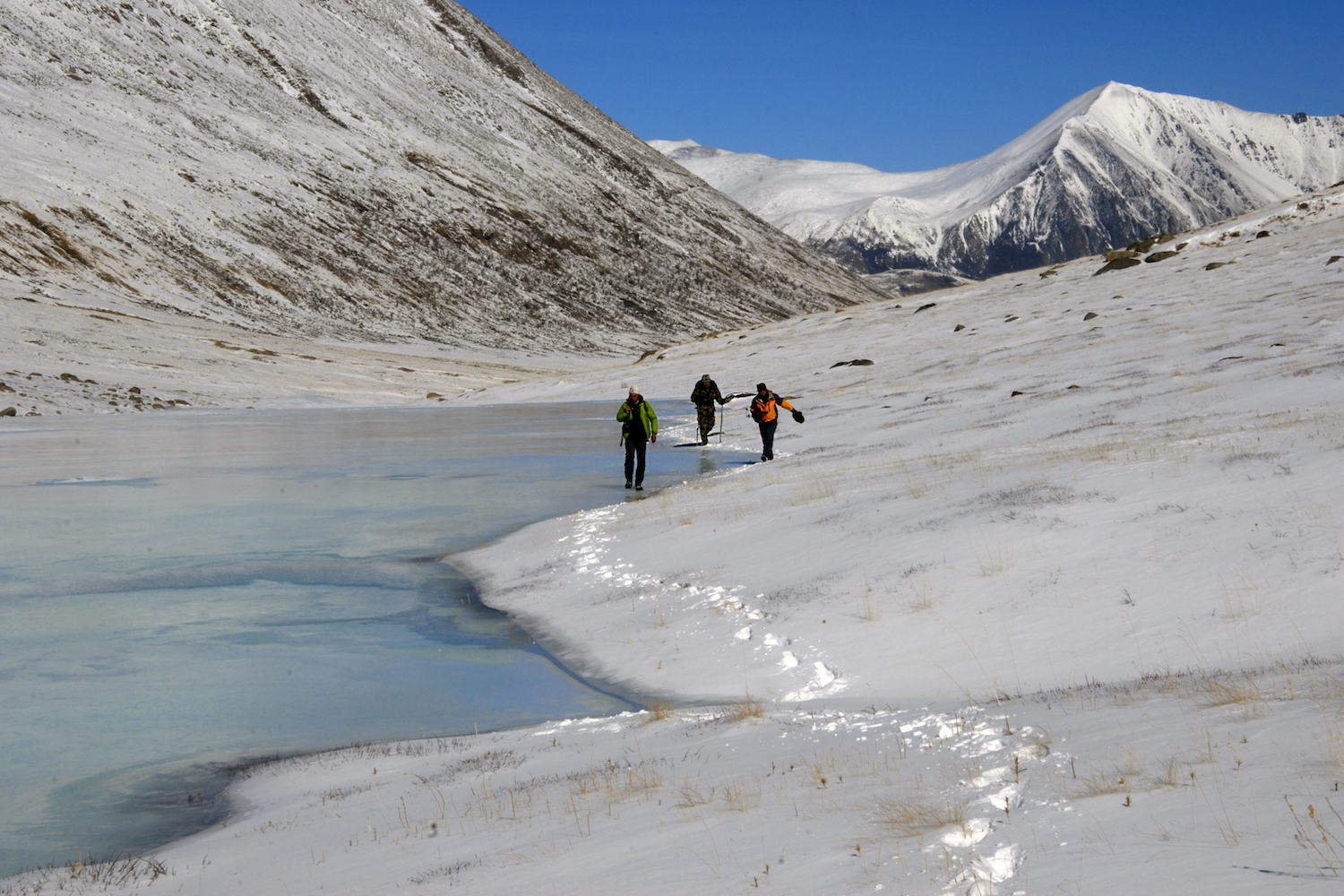 |
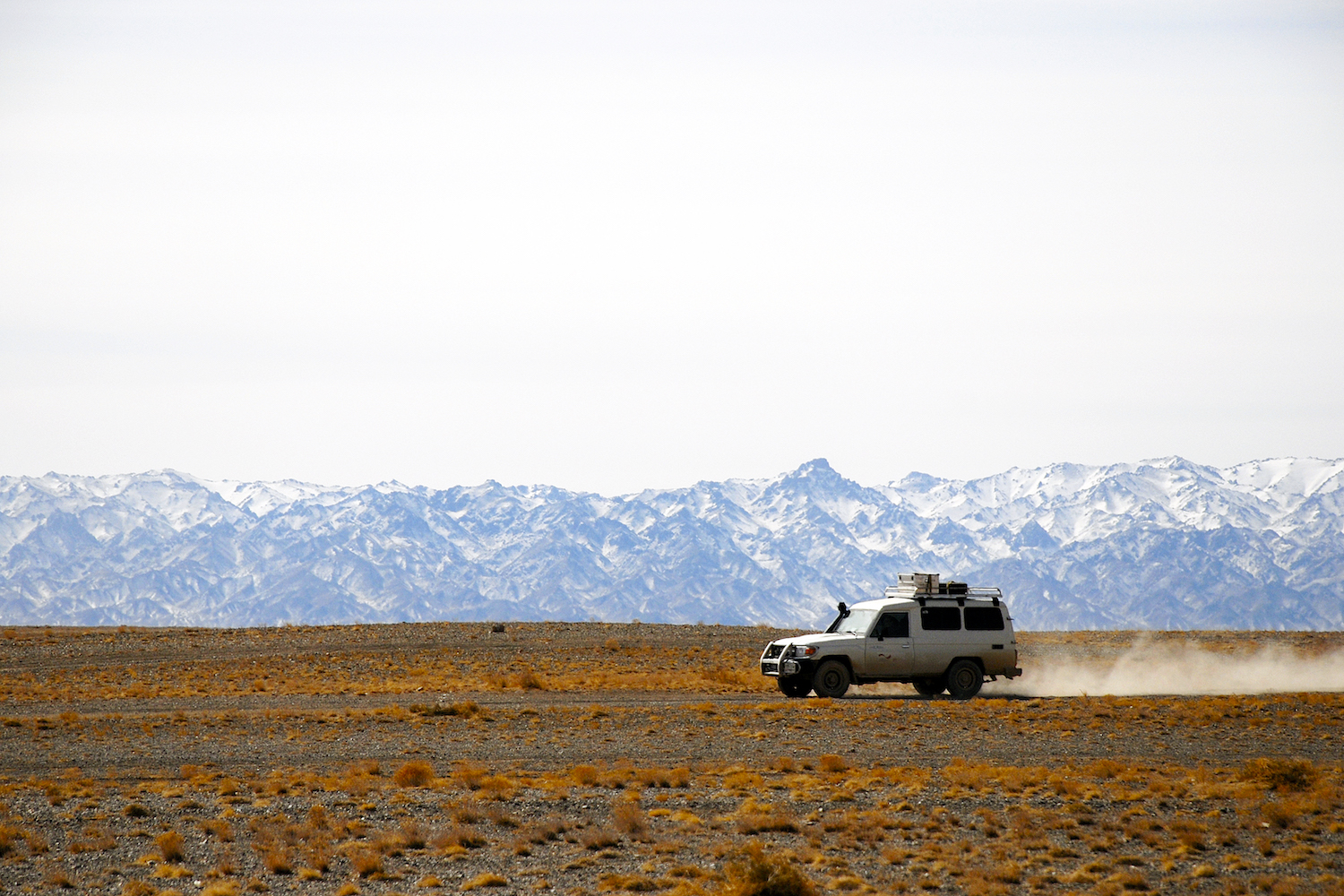 |
2018
Also this year the MUSE research team went a mission in Mongolia this year too, completing the third expedition and Parco Natura Viva did not fail to support the purchase of additional camera traps to be placed for the census of snow leopard individuals present in the Altai Mountains of the Tavan Bogd Natonal Park.
2017
From the 1st to the 22nd of April 2017, the research team carried out the second expedition of the project, this time in the Tavan Bogd National Park, at the border with Russia and Mongolia where the Altai Mountains reach 4,300 meters. During this second expedition 60 camera traps were placed covering an area of about 1,200 km2 at an altitude between 2,400 and 3,600 meters. The encounters with snow leopards in the area were very low, raising concerns on the critical low density of presence of this species in this study area. Parco Natura Viva purchased a total of … camera traps for this second expedition.
2015
The first expedition of the Italian researchers, guided by the zoologist and conservation biologist Francesco Rovero, was carried out in spring 2015, during which 600 km2 were sampled in the Siilkhem B National Park; 49 camera traps were positioned reaching 3,200 meters in altitude. In this occasion the movements and traces of 3 individuals were identified, each with a very precise territory, taken in 17 shots. Parco Natura Viva has contributed to the study purchasing 10 camera traps that were donated to the project and that arrived in Mongolia already in February. Parco Natura Viva supported the #savesnowleo campaign of the Snow Leopard Trust, informing the public and raising funds for the projects dedicated to local communities, the only ones that can guarantee the safeguarding of the ecosystems necessary for the survival of this species.If you are interested in this project and you want to help saving the snow leopard and its habitat, there are different ways in which you can contribute. By participating to the activities organized by Parco Natura Viva, such as guided tours, educational workshops and the International Snow Leopard Day, you can learn more about this species and the threats to its survival, also learning what behaviours to adopt in everyday life to protect their habitat. By adopting the park’s snow leopard you will directly contribute to help finance this project; but even with your visit to the park you will be able to make a concrete contribution to conservation, since a percentage of the value of the admission ticket is always destined to in situ conservation projects. Finally, by making other people aware of the problems of animals in the wild, you can actively help spread the knowledge and guarantee a future for the snow leopard in its natural environment.
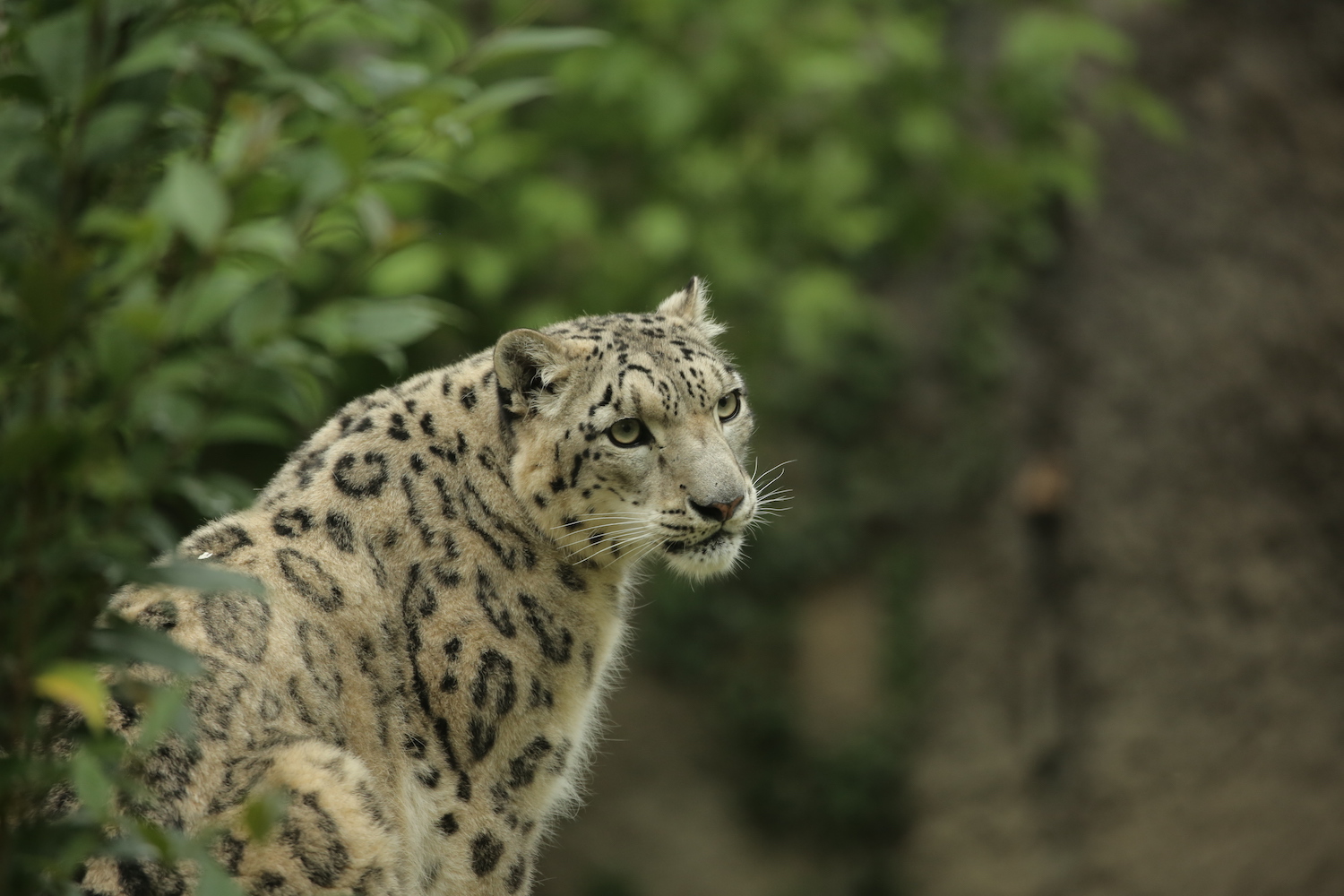 |
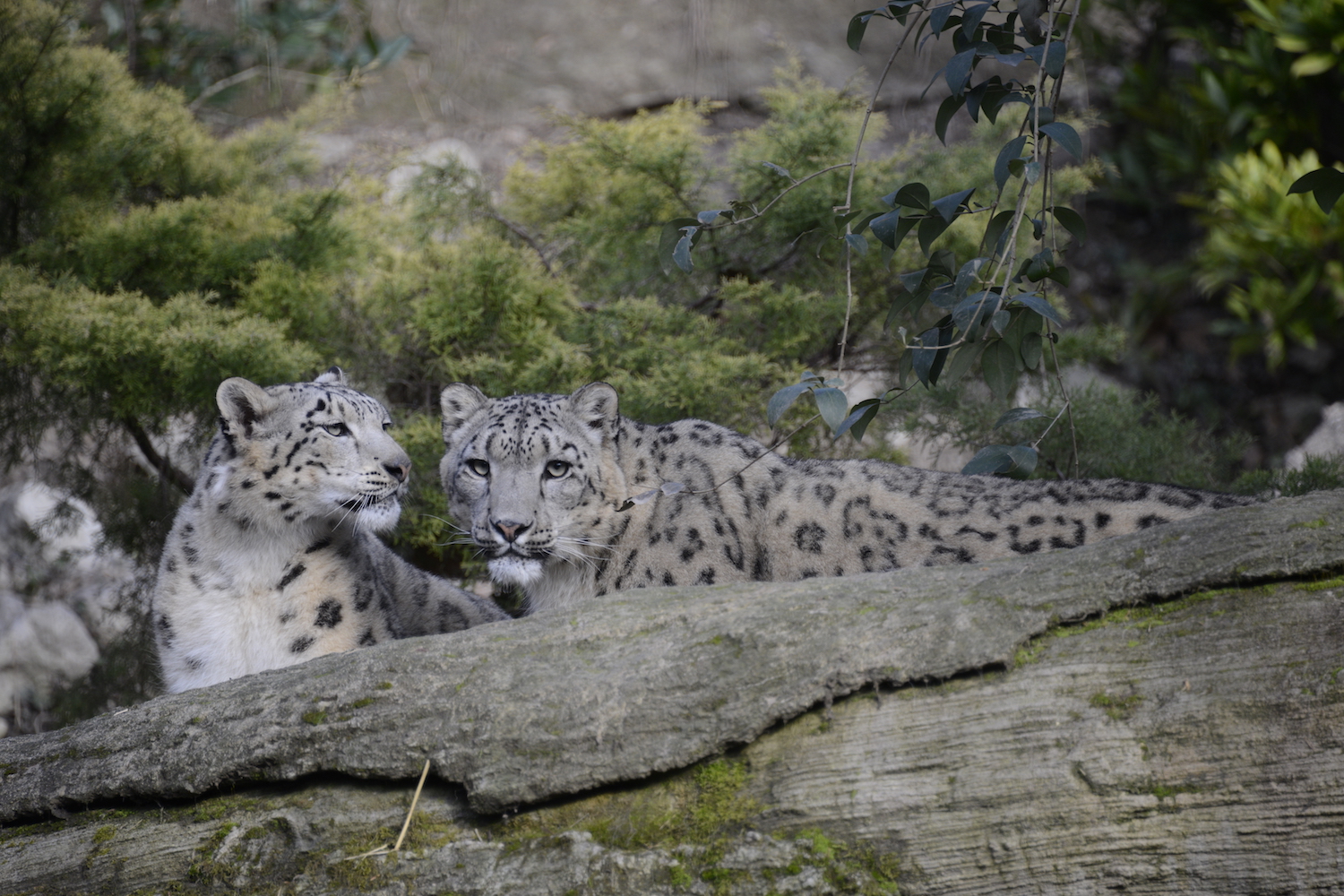 |
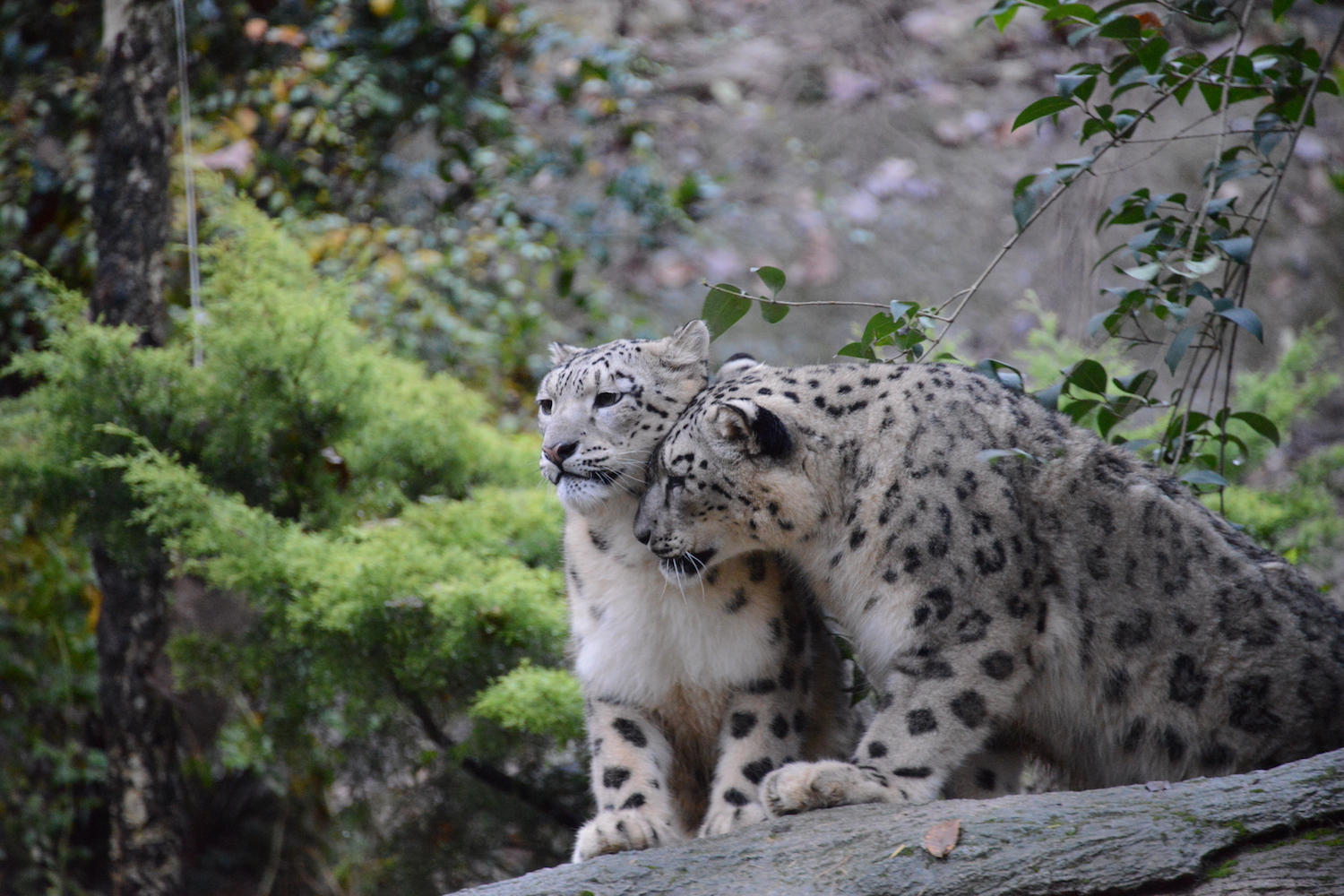 |
 Italiano
Italiano English
English Deutsch
Deutsch

